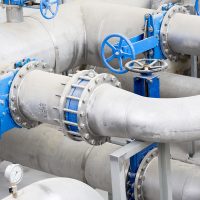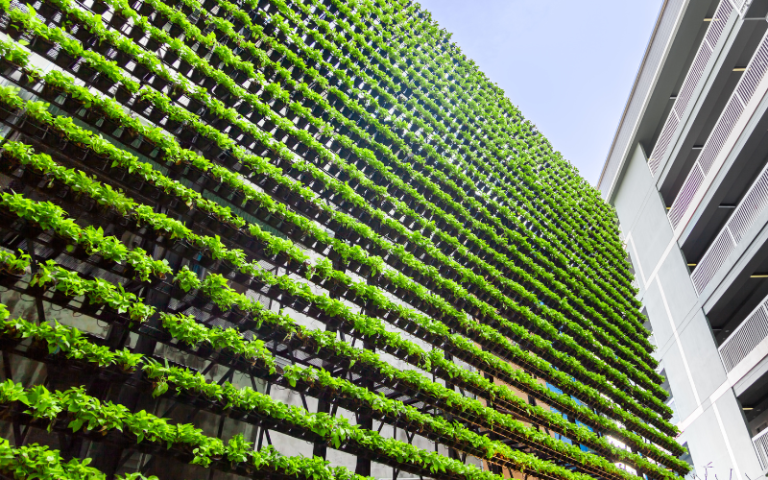All water is not edible. As such, in Simpler terms, water treatment is done to enhance the quality of the water. And the quality of the water source determines the treatment techniques used. Also, water must be disinfected in all situations to bring down any existing microbes.
So, one of the essential duties of communities is to provide drinking water to the public, and the design of water delivery systems must adhere to engineering science standards while also requiring technical expertise and practical experience. In addition, depending on the quality of the water entering the facility, water is handled differently in various areas.
Here are a few integral pieces of information and news on high-quality water purifying systems and components:
Choose the Most Effective Treatment System for the Water Quality Issue
Understand the treatment requirement: For many customers, the primary treatment need is merely to improve the flavour of the water. Meanwhile, there may be health concerns that must be addressed for some. And others may have extremely hard water, which can cause limescale build-up around fixtures and potentially damaging gadgets.
Consider POE against POU: POE is the simple solution for concerns such as hard water and manganese. Since these conditions may harm laundry and fixtures and appliances throughout the house, it only makes sense to have the POE clean the water supply.
Consumers should assess and comprehend the trade-offs associated with pollutants that harm their health. In the meantime, POE protects customers who drink from kitchen sinks. It is, however, far more expensive both initially and on an ongoing basis in terms of maintenance expenditures.
Definition of Demineralisation
Demineralisation is defined as water that has no charged particles known as ions. Ions have electrical charges that are either positive or negative. And dissolved solids are a build-up of both of these ions and constitute a significant percentage of water contaminants. These contaminants are effectively removed from the water.
In the case of water treatment, demineralisation is the removal of all ions from water. And DI (deionised) water is created by demineralising almost all inorganic ions from water using ion exchange or electro deionisation. Since the minerals included in the solution may interfere with the other chemicals, the demineralisation process is used in chemical processes.
Benefit and Functions of Deionised Water
Deionised water is used in many manufacturing operations and medicinal, laboratory, and power plant applications. Highly clean water is important for these industries, and DI water lacks contaminants that might interfere with manufacturing operations.
Many companies and industrial facilities believe that deionised water is the best option for reducing salt accumulation on machinery. Furthermore, deionised water can be utilised in an industrial setting for cooling and lubricating machinery, among other things. Textiles, medical clinics, and food processing industries all profit greatly from the use of deionised water.
Selecting Pure Water for Deionisation Applications
Water deionisers are tough, pre-engineered, pre-assembled, standardised devices that save installation and start-up expenses. And the deionisation systems are intended to optimise the unit’s efficiency and repeatability during servicing and regeneration modes. They are designed to include characteristics such as:
- Water quality is constantly monitored.
- Solid-state resiliency PLC control ensures trouble-free operation.
- There is no untreated by-pass water.
- Piping for an alternate regeneration water supply.
- Convenient, flexible design.
- Concurrent regeneration and chemical displacement.
- For high purity systems, a brine kill option is offered.
A good water deioniser system is well-designed since it will continue to function efficiently even if the feed water parameters alter.


















